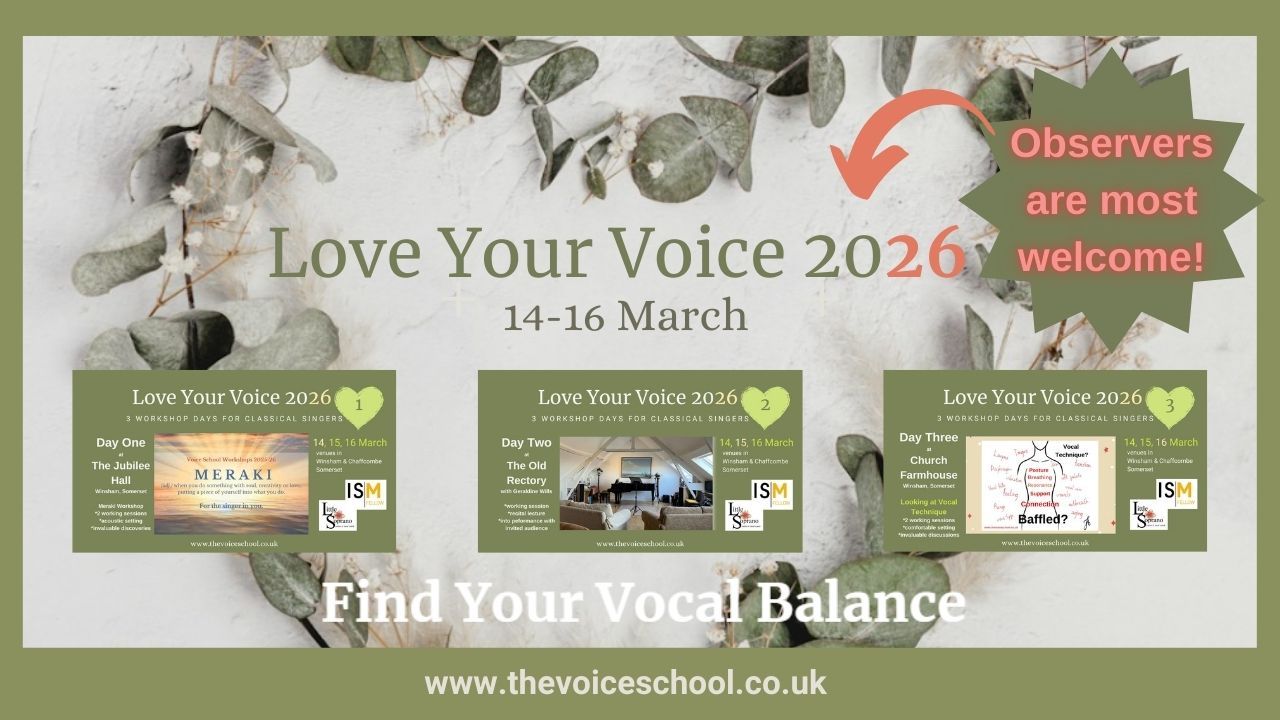How to free your classical singing voice

In any language, the tongue is a mighty muscle - and I’m sure if a cat (big or small) could talk, he or she would be truly proficient in its use.
Can’t you just picture that?

Photo by Isabella Jusková on Unsplash
A while back, according to Facebook, this topic was most popular - lots of likes. Everyone loved the picture of the big cat. What’s not to love? But hey! What about the content?
I’m known for talking a lot about vocal technique basics. So essential, and yet in the scheme of things often very overlooked, with students wanting to rush on to the more complicated and glossy stuff.
Singers too need to know their way around the ins and outs of nifty tongue use. Not only for clarity of diction and language but also to have a firm understanding of likely causes of vocal fatigue and related problems to do with limited vocal range and more.
How much tension do you think you hold in your jaw? I know I’ve said this before, but it translates to many vocal frustrations: lack of range, passaggio problems, constriction - and if not addressed, ultimate hoarseness and loss of voice.
I recently asked members of my online mentoring group for singers, Virtually Vocalise to recollect what their main vocal issues were early in their vocal learning journey. Here's what soprano Sue Lewey had to share:
"The big step changes for me ( ah-ha moments!) were sorting out my breathing! Not holding on to air, in case I ran out. The second moment was when I really understood what bunching my tongue did and then learning to flatten it. Much later I also realised I was over flattening the tongue and causing more tension in the tongue root and my jaw."
What do YOU do to understand the relationship between your tongue and your jaw? It’s a vital part of the singing learning curve and the well-being of your voice.
If you don’t pay attention to the small component parts, the jigsaw puzzle of the essential singing know-how tools, vocal problems can build and then come back to BITE you later and are more difficult to undo.

Few singers intuitively understand this or take the time to fully investigate the point that is being made here. Instead, they struggle on with the resulting issues of tightness and constriction, reinforcing bad-muscle memory along the way. Over time, it can gain momentum.
It is a problem I witness in the studio and at live events/workshops when we are working on songs. Difficulties with consonant+vowel clusters, or their formation, can challenge the most experienced of singers.
The answer? Pay attention to those basics:
- postural alignment
- inspired breathing
- the onset of sound
- awareness of resonance
- and the feeling of what can loosely be called ‘support’ or ‘connection’.
These are the essential points of reference, the building blocks for the true release of vocal tone.
Virtually Vocalise mezzo-soprano Sophie Bierens de Haan also shared enormous value here:
"OK going back to my most ancient issues (and feeling so good that they now have disappeared!) :
- clenched jaw - release the jaw
- not feeling the ribs expansion - ribs collapsing very early in a phrase
- taking breaths in at the very last minute (snatched breaths)
- continuing singing a phrase long after ribs have collapsed
- focus on the sensation not listening to myself
- over-practising the wrong way and building up the wrong muscles memories
...and the results were, high larynx, vocal tiredness at end of rehearsals, chronic sore throats and much frustration."
This week’s Technique Tuesday Truth video suggests that a little simple scientific knowledge about the workings of the genioglossus - the bulk of the tongue body - and the relationship it has with the jaw (and therefore the larynx) is a great asset in understanding why vocal things can go wrong, both in speech and in song.
Feel you'd like some more guidance?
Click here for more vocal technique tips, or here to stretch your learning curve with online learning and mentoring with other singers.
I also have a quick and informative 10 to 15-minute basic/essentials vocal warm-up that you can dip into when you’re up against the clock or just want a quick vocal prime. Nothing too difficult or fancy, just a gentle reminder and informative guide through the 5 basic and essential vocal tools that every singer should know about and use.
If you think this might be useful to you, grab your FREE audio file HERE.
Work out how the jaw & tongue may work independently, and practice little and often. Be guided. Find a great vocal coach and begin your journey.
Curious about singing basics? Let's get you started with the right learning tools.
Download my free need-to-know vocal essentials guide for singers, vocal technique principles simply explained.







